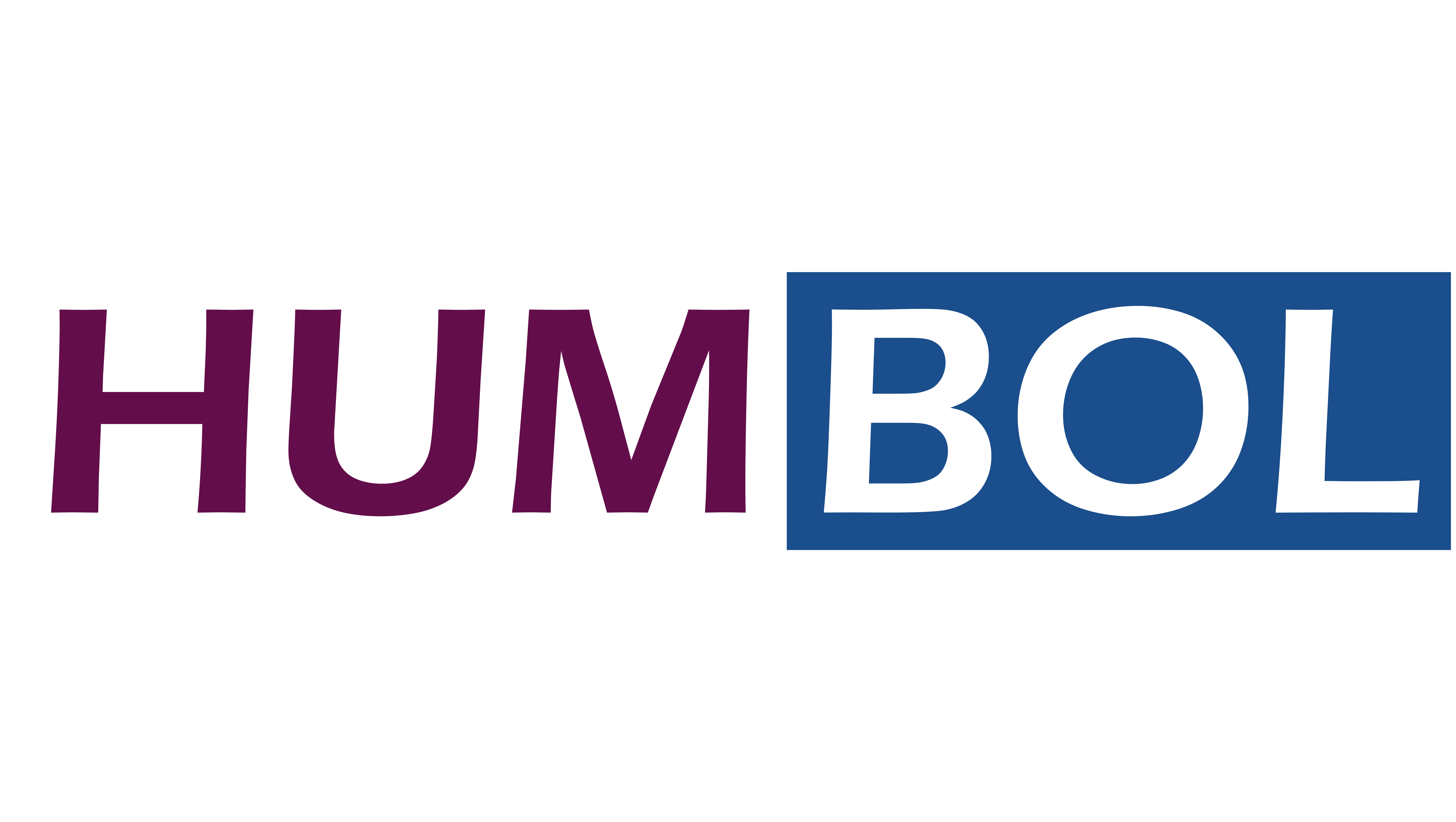Frameworks for IT integration provide a shared reference when co-planning courses, curricula or projects that aim to innovate. They can be useful for sharing and comparing best practices, as well as providing a baseline for measuring progress, both formally and informally.
In this FHM TDG project seminar, Dr Wang Lixun and Dr Timothy Taylor introduce the most popular frameworks for planning innovation, such as TPACK, SAMR, TIM, SQD and PICRAT, with practical examples of how they can be used for planning, teaching and research. Some recommendations are made to assist adopting the most suitable framework according to the specific objectives of the context.
(length: 01:16:04)
View their presentation slides here: https://drive.google.com/file/d/1LSmAYswtFvGNkf3tw9YlmvdGM2_nxKpJ/view?usp=sharing
Outline of Humbol Project Seminar: Frameworks for Planning Innovations in Online Teaching
Presenter: Dr Timothy Taylor
|
00:00 – 02:02 |
Introduction |
|
|
02:02 – 14:24 |
Innovation in education |
|
|
14:24 – 16:21 |
Instances of innovations at EdUHK |
|
|
16:21 – 18:17 |
Introduction to IT integration frameworks |
|
|
IT Integration Frameworks |
18:17 – 22:11 |
TPACK (Technological, Pedagogical and Content Knowledge) |
|
22:11 – 27:37 |
SAMR (Substitution, Augmentation, Modification, Redefinition) |
|
|
27:37 – 33:52 |
TIM (Technology Integration Matrix) |
|
|
33:52 – 35:48 |
SQD (Synthesis of Qualitative Evidence) |
Presenter: Dr Wang Lixun
35:48 – 39:19 | Challenges facing IT integration frameworks | |
IT Integration Frameworks | 39:19 – 43:16 | PICRAT (Passive, Interactive, Creative, Replacement, Amplification, Transformation) |
43:16 – 49:57 | Practices of using PICRAT | |
49:57 – 50:46 | Benefits of using PICRAT | |
50:49 – 53:49 | Conclusion |
Questions and Comments
Comments | 53:49 – 55:00 | Feedback from teachers |
Questions | 55:00 – 58:41 | Given these models, how to learn about students’ perspectives? PICRAT is a clear model, but is it closely related to subject content? |
58:41 – 01:06:50 | How can teachers evaluate Transformation teaching? How to know students are learning as planned? | |
01:06:50 – 01:14:00 | How to engage students and interact with them online? | |
01:14:00 – 01:15:24 | Will the project share practices of using these models? | |
01:15:24 – 01:16:04 | Conclusion |


